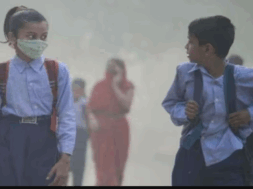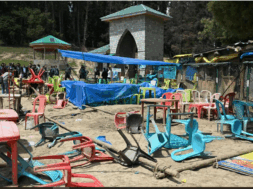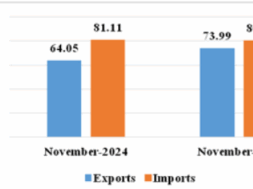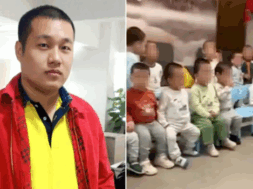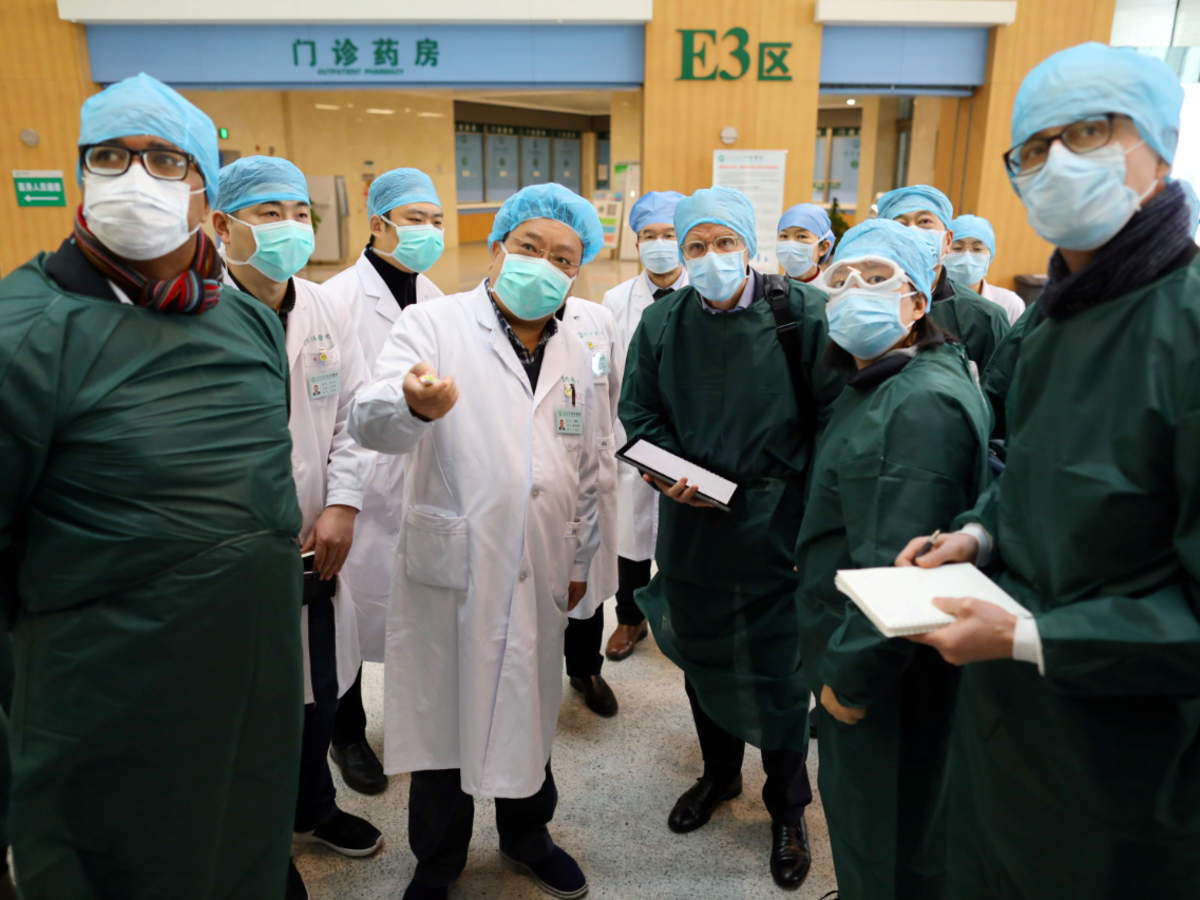
WHO Report on Corona Origin: No Conclusive Evidence to Blame China
Manas Dasgupta
NEW DELHI, Mar 30: As expected, the joint inquiry by an expert team of the World health Organisation (WHO) and China to find the origin of the Coronavirus is learnt to have dismissed any deliberate move by China to create the pandemic and rejected the theory of the virus “escaping” from any Chinese laboratory.
It is believed to have come to the conclusion that the virus originating in bats may have jumped from it to another animal and then to human and spread the world over from human to human.
The 124-page report is not yet officially released by the WHO but was “leaked” to a section of the media on Tuesday. The report contained a glut of new detail but no profound new insights. And it does little to allay Western concerns about the role of the Chinese Communist Party, which was notoriously resistant to outside scrutiny and has at times sought to hinder any investigation by the WHO. The report is also not clear on whether China will permit outside experts to keep digging.
The report prepared after 27 days of “research” work by the team to search for clues in Wuhan, China, visiting hospitals, live animal markets and government laboratories, conducting interviews and pressing Chinese officials for data, but apparently the team even at the time of leaving the shores of China still far from understanding the origins of the virus that has killed nearly 2.8 million people worldwide.
“The investigation runs the risk of going nowhere, and we may never find the true origins of the virus,” said Yanzhong Huang, senior fellow for global health at the Council on Foreign Relations.
The report said China still did not have the data or research to indicate how or when the virus began spreading. Some skeptics outside the country say that China may have more information than it admitted.
The expert team dismisses as “extremely unlikely” the possibility that the virus emerged accidentally from a Chinese laboratory, even though some scientists say that is an important question to explore.
The Chinese government, while granting some degree of access and cooperation, is reported to have repeatedly tried to bend the investigation to its advantage. The report was written jointly by a team of 17 scientists from around the world, chosen by the WHO, and 17 Chinese scientists, many of whom hold official positions or work at government-run institutions, giving Beijing great influence over its conclusions.
The Chinese scientists supplied all the research data used in the report, while the foreign scientists reviewed it and interviewed Chinese researchers, doctors and patients. It is not clear whether the team selected by the WHO sought access to other data or permission to collect more.
Some biologists said they were not convinced that a laboratory leak was “extremely unlikely” as stated in the report. An expert at the Fred Hutchinson Cancer Research Centre in Seattle said he agreed that it was highly plausible that the virus could have evolved naturally to spread to humans, but he did not see any reasoning in the report to dismiss the possibility of a lab escape.
A British member of the WHO team, who had earlier worked at the Wuhan Institute of Virology, China, was totally dismissive of any “lab to human” theory. Peter Daszak, the British disease ecologist who runs EcoHealth Alliance, a New York-based pandemic prevention group, pushed back against the criticism of the team’s work and of China’s level of cooperation. He said the lab leak hypothesis was “political from the start.” Daszak added that the WHO team was not restricted in its interviews with scientists who were on the ground at the start of the pandemic.
He himself has been accused of having a conflict of interest because of his past research on the Coronavirus with the Wuhan Institute, which, he said, was what a disease ecologist should be doing.
“We were in the right place because we knew that there was a risk of the virus emerging,” Daszak said. “We were working there with this exact viral group and it happened.”
The prevailing theory remains that the virus originated in bats, jumped to another animal, and then mutated in a way that enabled it to transmit to humans, and from human to human. But the process of tracing the origins of a virus is notoriously painstaking.
To answer numerous remaining questions, the report recommended further retrospective studies of human infections, including the earliest cases, and more virus testing of livestock and wildlife in China and Southeast Asia. It also calls for more detailed tracing of pathways from farms to markets in Wuhan that would require extensive interviews and blood tests for farmers, vendors and other workers.
But it is unclear to what degree China will cooperate, and the country’s secretive and defensive behavior has helped fuel theories that it was somehow to blame for the start of the pandemic. Local officials in Wuhan at first tried to conceal the outbreak; Beijing has since expelled many Western journalists and has floated evidence-free theories about the virus originating elsewhere — though the earliest known cases were all in China, and experts agree it almost certainly first appeared there.
“We’ve got real concerns about the methodology and the process that went into that report, including the fact that the government in Beijing apparently helped to write it,” the US Secretary of State Antony Blinken said on Sunday.
China’s increasingly acrimonious relationship with the United States and other countries has also complicated the inquiry. The Biden administration has repeatedly criticized China’s lack of transparency, including its refusal to hand over raw data about the early Corona cases to investigators when they visited Wuhan. Chinese officials have bristled, suggesting that the US should welcome the WHO to examine the unfounded theory that the virus might have originated in a US Army laboratory.
“We will never accept the groundless accusations and wanton denigration by the United States on the issue of the epidemic,” Zhao Lijian, a spokesman for the Chinese foreign ministry, said at a regular news briefing in Beijing on Monday.
In many media articles, the Chinese propaganda machinery has hailed the WHO inquiry as a sign of “China’s openness to the world and a vindication of the government’s handling of the epidemic.”
The WHO has come under pressure to demand more data and research from the Chinese government. But by design, the global health agency is beholden to its member countries, which did not grant the WHO team sweeping powers to carry out, for example, forensic investigations of laboratory mishaps in China.
While much of the report was heavy on detail about molecular studies, virus evolution and possible animal hosts, the section dealing with the possibility of a lab leak was cursory at best. While the virus’s animal origin is largely undisputed, some scientists maintain that the virus could have been collected and present in the lab of the Wuhan Institute of Virology, even though Chinese scientists say it was not.
China’s lack of transparency as well as other concerns prompted a small group of scientists not affiliated with the WHO to call this month for a new inquiry into the origin of the pandemic. They said such an inquiry should consider the possibility that the virus escaped from a laboratory in Wuhan or infected someone inside it.
